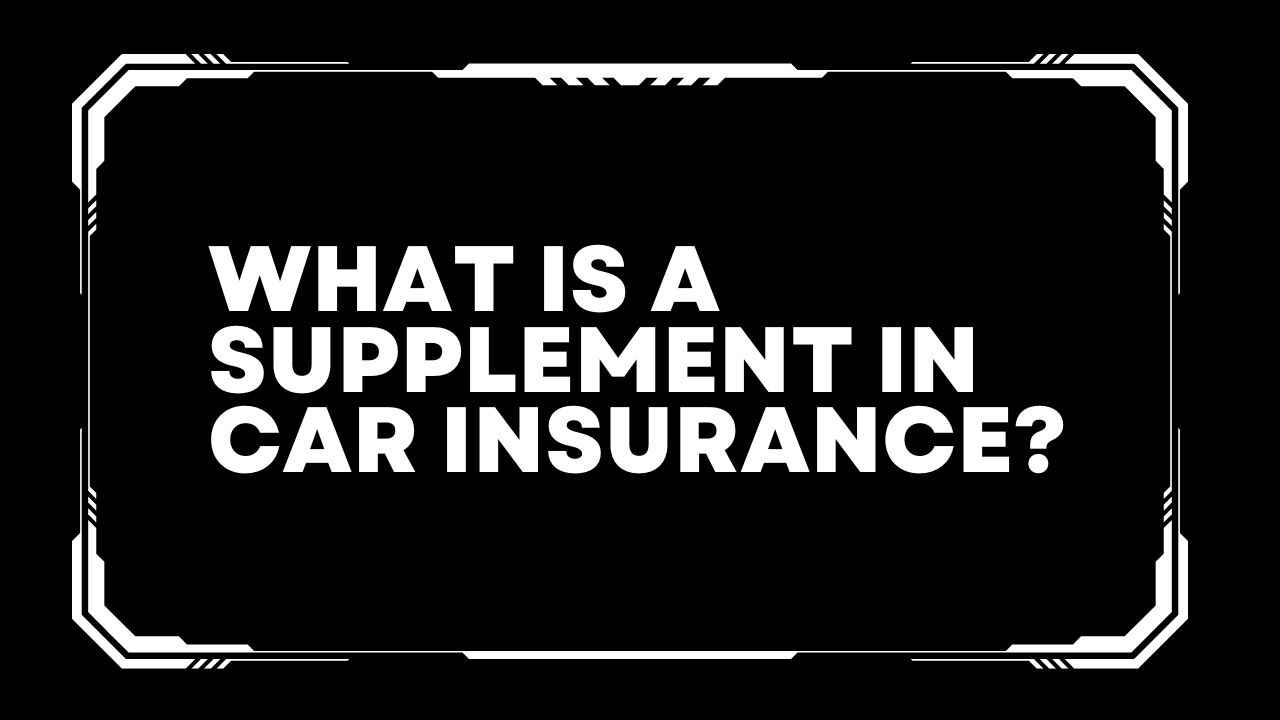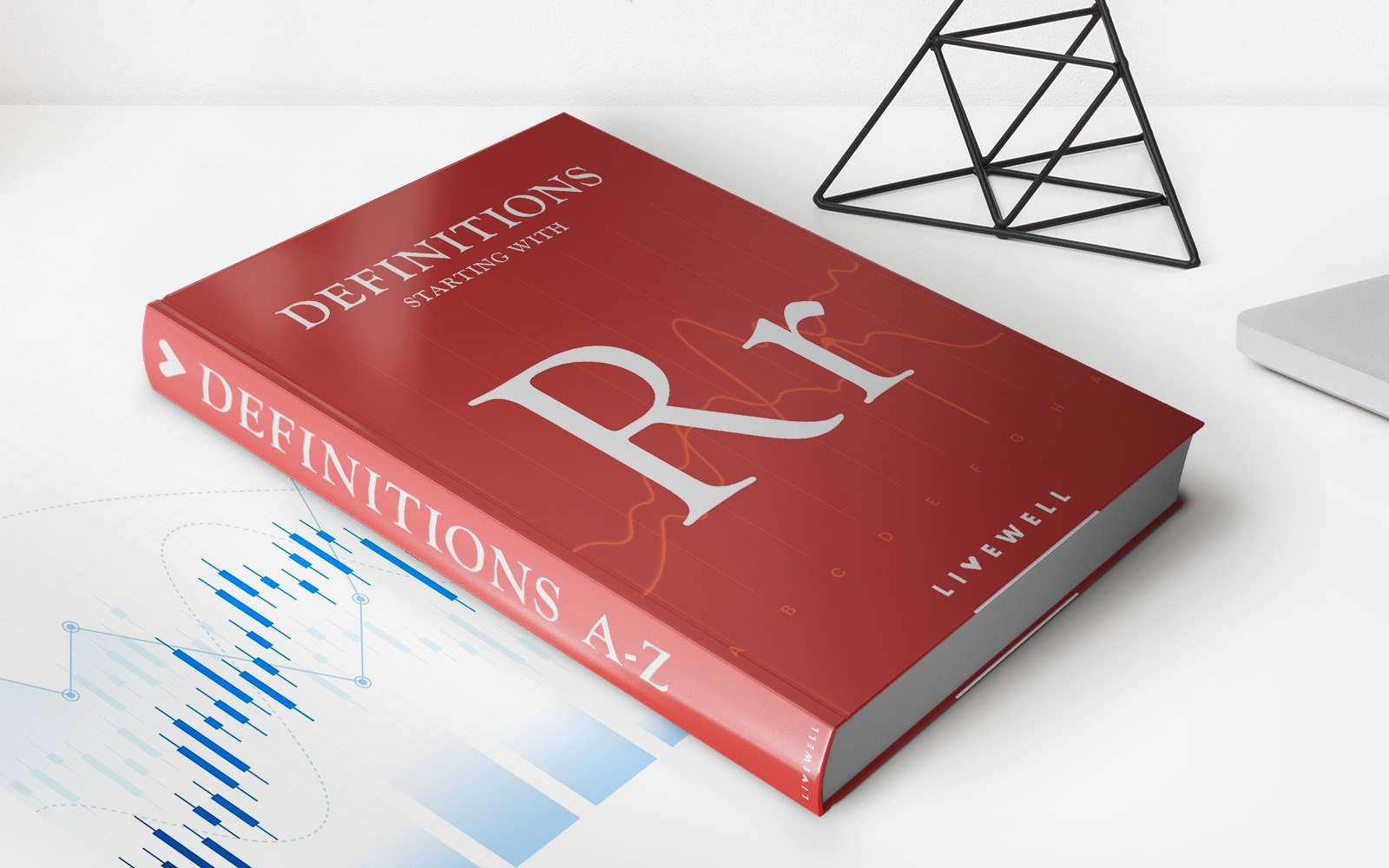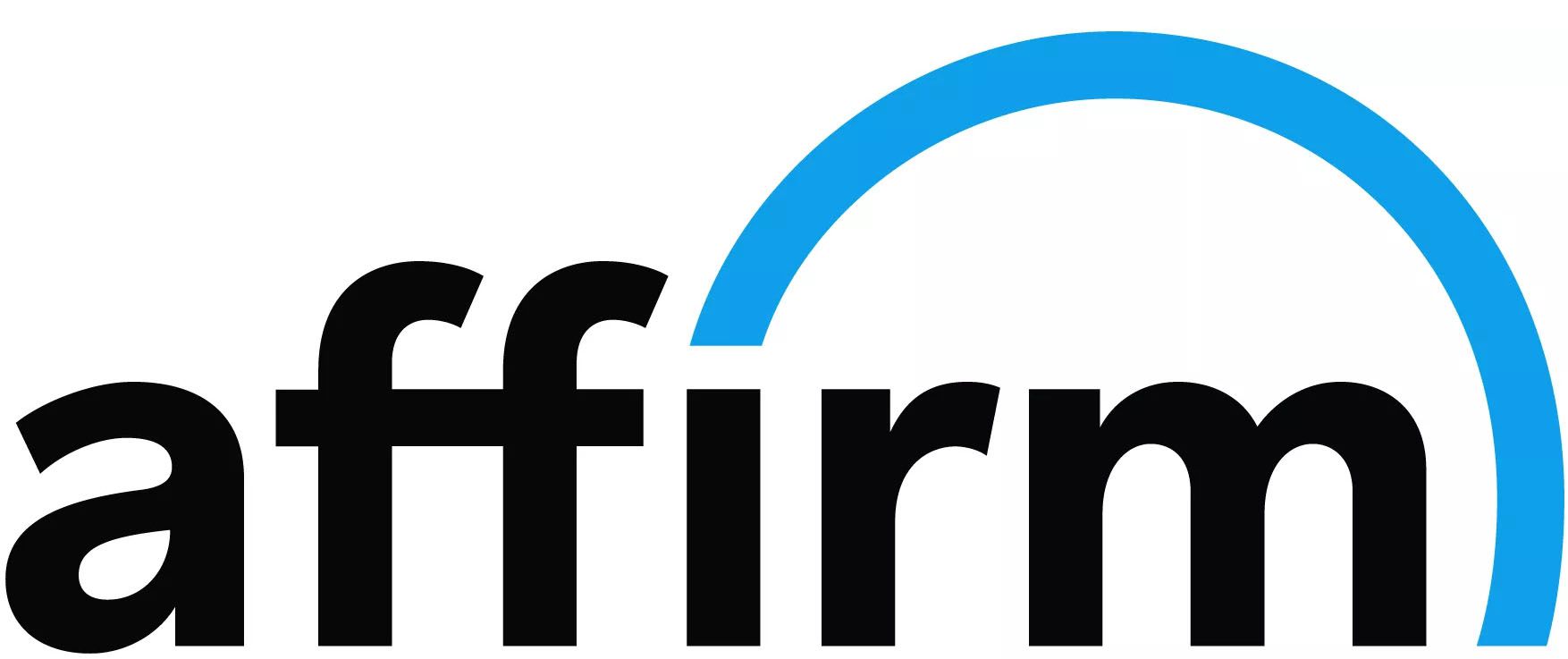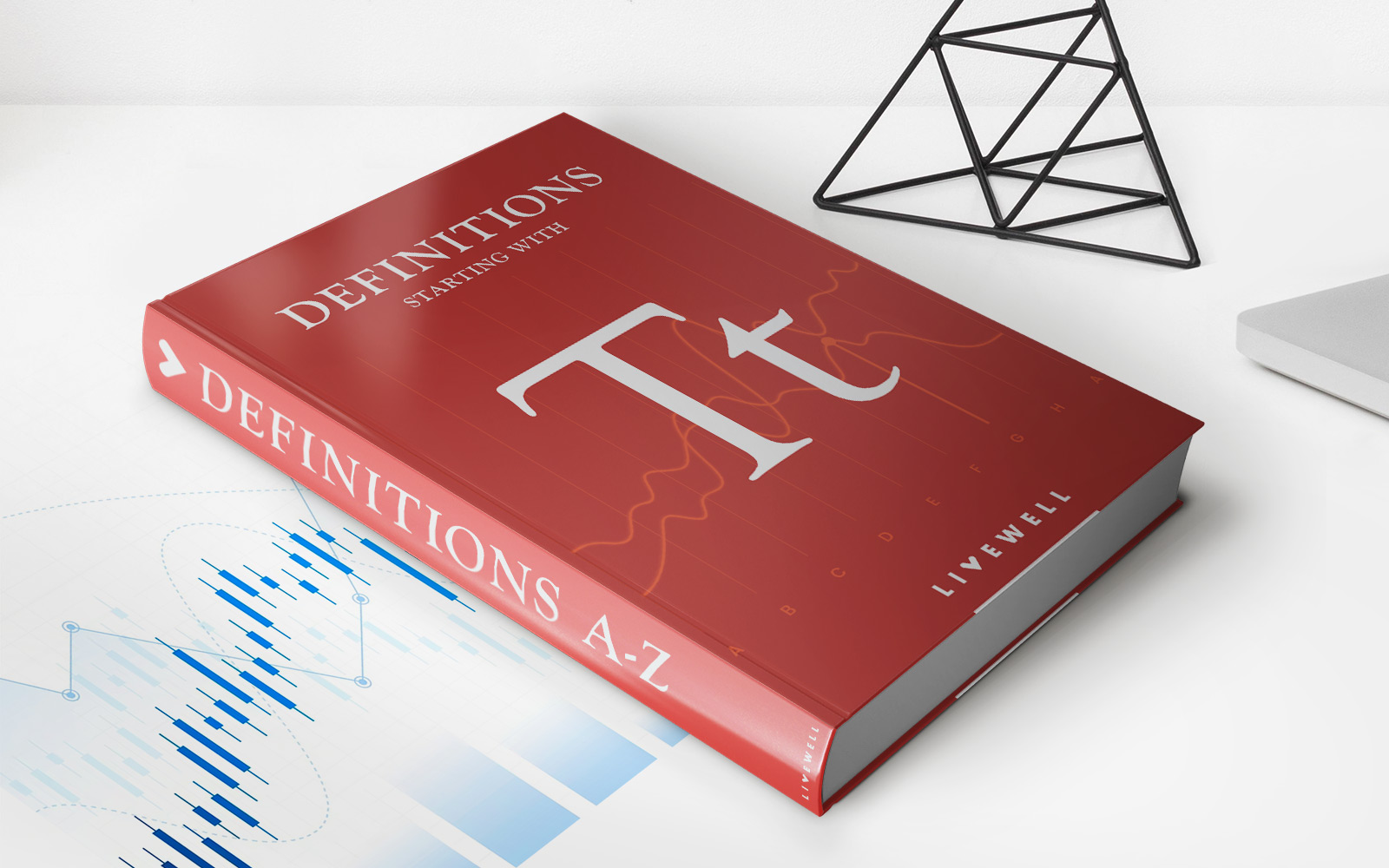

Finance
What Is CSL In Auto Insurance
Published: October 6, 2023
Learn about CSL in auto insurance and how it impacts your finances. Understand the significance of CSL coverage in your car insurance policy.
(Many of the links in this article redirect to a specific reviewed product. Your purchase of these products through affiliate links helps to generate commission for LiveWell, at no extra cost. Learn more)
Table of Contents
Introduction
When it comes to auto insurance, there are many terms and acronyms that can seem confusing. One such term is CSL, which stands for “Combined Single Limit.” Understanding what CSL means in the context of auto insurance is crucial for ensuring that you have the right coverage to protect yourself and your vehicle in the event of an accident.
CSL coverage is a type of liability coverage that provides protection for bodily injury and property damage sustained by others in an accident you are found at fault for. Unlike split limit coverage, which separates the coverage limits for bodily injury and property damage, a combined single limit combines both coverages into one overall limit.
By having CSL coverage, you have the flexibility to use your coverage limit however it is needed. For example, if you are involved in an accident and someone sustains significant bodily injury, a combined single limit policy can provide higher coverage to cover the medical bills and related expenses.
It is important to note that CSL coverage does not provide any coverage for your own injuries or damages to your vehicle. It solely protects you financially by covering the costs incurred by others involved in the accident.
Now that we have a basic understanding of what CSL means in auto insurance, let’s delve deeper into its importance and how it works in practice.
Understanding CSL in Auto Insurance
CSL, or Combined Single Limit, is a term used in auto insurance policies to describe a type of liability coverage. It is important to understand CSL in order to make informed decisions about your auto insurance coverage.
With CSL coverage, the insurance company provides a single limit that applies to both bodily injury and property damage liability. This means that the coverage limit can be used interchangeably between these two types of claims.
For example, let’s say you have a CSL coverage limit of $500,000. In the event of an at-fault accident, you can use this entire limit to cover both bodily injury and property damage claims. This provides flexibility and ensures that you have sufficient coverage to meet the needs of the situation.
Unlike split limit coverage, which has separate limits for bodily injury and property damage, CSL coverage allows you to allocate the coverage limit as needed. This can be especially beneficial in situations where one type of claim is significantly higher than the other.
It is important to note that CSL coverage does not provide any coverage for your own injuries or damages to your vehicle. It solely protects you financially by covering the costs incurred by others involved in the accident.
CSL coverage is typically expressed as a single amount, such as $500,000 or $1 million. It is important to select an appropriate coverage limit based on your personal circumstances, potential risks, and level of assets that you want to protect.
Now that we have a better understanding of CSL in auto insurance, let’s explore why it is important to have this type of coverage.
Importance of CSL Coverage
Having CSL coverage in your auto insurance policy is important for several reasons. It provides you with the necessary financial protection in case you are found at fault in an accident that causes bodily injury or property damage to others. Here are some key reasons why CSL coverage is important:
- Comprehensive Coverage: CSL coverage offers a comprehensive solution by combining the coverage limits for bodily injury and property damage into a single limit. This ensures that you have adequate protection no matter the nature of the accident.
- Flexibility: Unlike split limit coverage, which has separate limits for bodily injury and property damage, CSL coverage allows you to allocate the coverage limit as needed. This flexibility ensures that you have the necessary funds available to cover both types of claims, regardless of their severity.
- Higher Coverage Limits: CSL coverage typically provides higher coverage limits compared to split limit coverage. This can be crucial in situations where the cost of medical treatments or property repairs exceeds the standard limits. Having higher coverage limits gives you peace of mind knowing that you are protected against potential financial burdens.
- Legal Requirements: In many states, having a minimum amount of liability coverage is required by law. CSL coverage helps meet these legal requirements and ensures that you comply with the necessary insurance regulations.
- Protecting Your Assets: In the event of a serious accident, the costs of medical bills, property repairs, and potential legal settlements can quickly add up. Without sufficient coverage, you could be held personally liable and your assets could be at risk. CSL coverage helps protect your assets by providing a higher coverage limit to cover any potential liabilities.
It is important to determine the appropriate CSL coverage limit based on your individual circumstances, such as your assets, potential risks, and budget. Consulting with an insurance professional can help you assess your needs and select the most suitable coverage limit for your auto insurance policy.
Now that we understand the importance of CSL coverage, let’s explore the different types of CSL coverage options available.
Types of CSL Coverage
When it comes to CSL coverage in auto insurance, there are two main types to consider: split limit and combined single limit. Let’s take a closer look at each of these types:
- Split Limit Coverage: Split limit coverage separates the coverage limits for bodily injury and property damage. For example, a common split limit coverage might be expressed as $100,000/$300,000/$100,000. In this scenario, the first number represents the maximum coverage limit for bodily injury per person, the second number represents the maximum coverage limit for bodily injury per accident, and the third number represents the maximum coverage limit for property damage per accident. This type of coverage allows you to divide your coverage limits based on the specific needs of different claims.
- Combined Single Limit Coverage: As mentioned earlier, combined single limit (CSL) coverage combines the coverage limits for bodily injury and property damage into a single limit. For example, you might have a CSL coverage limit of $500,000. This means that you can use the entire coverage limit to cover both bodily injury and property damage claims, regardless of how the costs are allocated between the two types of claims.
Both split limit and combined single limit coverages have their own advantages and considerations. Split limit coverage allows for more precise allocation of coverage limits, while CSL coverage provides more flexibility and a comprehensive overall limit. It is important to evaluate your specific insurance needs and consult with an insurance professional to determine which type of coverage is best suited for you.
Additionally, it is worth noting that the availability of CSL coverage may vary depending on your insurance provider and state regulations. Some states may require a minimum CSL coverage limit, while others may offer it as an optional add-on. Be sure to review your insurance policy and consult with your provider to understand the CSL coverage options and limitations available to you.
Now that we know about the different types of CSL coverage, let’s discuss the various limits and options you should consider when selecting CSL coverage for your auto insurance policy.
Limits and Options for CSL Coverage
When it comes to selecting a CSL coverage limit for your auto insurance policy, there are a few important factors to consider. Let’s explore the different limits and options available:
- Coverage Limits: The CSL coverage limit represents the maximum amount your insurance company will pay for bodily injury and property damage claims. Common CSL coverage limits range from $100,000 to $1 million or more. It is important to assess your own needs, assets, and potential risks to determine an appropriate coverage limit that provides sufficient financial protection.
- State Requirements: Some states impose a minimum CSL coverage limit that drivers must carry to comply with the law. It is essential to familiarize yourself with your state’s requirements to ensure your auto insurance policy meets the necessary legal obligations.
- Optional Umbrella Policy: If you have significant assets or income to protect, you may consider purchasing an umbrella policy in addition to your standard CSL coverage. An umbrella policy provides an extra layer of liability protection that kicks in once the limits of your base auto insurance policy have been exhausted. This can be particularly useful in high-cost liability claims.
- Deductibles: While CSL coverage mainly pertains to liability claims and does not typically involve deductibles, your auto insurance policy may have deductibles for other types of coverage such as collision or comprehensive. It is important to understand and consider the deductibles for other coverages when selecting your overall auto insurance policy.
- Multi-Vehicle Discounts: If you have multiple vehicles insured under the same policy, some insurance companies offer multi-vehicle discounts. This can help reduce the overall premium cost while still providing the desired CSL coverage limits.
Keep in mind that the limits and options for CSL coverage may differ between insurance providers and state regulations. It is crucial to review and compare quotes from different insurance companies to find the best coverage options that align with your specific needs.
Next, let’s discuss some factors to consider when choosing CSL coverage for your auto insurance policy.
Factors to Consider when Choosing CSL Coverage
When selecting CSL (Combined Single Limit) coverage for your auto insurance policy, there are several factors to consider. These factors will help you determine the appropriate coverage level that meets your needs and offers the necessary financial protection. Let’s explore these factors:
- Assets: Evaluate your assets, including your savings, investments, and property. The higher your assets, the more liability coverage you should consider. This will help protect your assets in the event of a significant accident where you are found at fault.
- Risk Factors: Assess your risk factors, such as driving habits, location, and the likelihood of accidents. If you frequently commute in high-traffic areas or drive long distances, you may want to consider higher CSL coverage limits to protect against potential risks.
- Budget: Determine a budget for your auto insurance coverage. While it is important to have sufficient liability coverage, it should also be affordable for your financial situation. By balancing your budget with adequate coverage, you can ensure protection without straining your finances.
- State Requirements: Familiarize yourself with your state’s minimum liability coverage requirements. Some states have specific CSL coverage limits that drivers must meet to comply with the law. Ensure that your chosen coverage meets or exceeds these requirements.
- Driving History: Consider your driving history and any previous accidents or driving violations. If you have a history of accidents or violations, it may increase the likelihood of future claims. In such cases, higher CSL coverage limits are advisable to protect against potential financial liabilities.
- Consultation with an Agent: Seek guidance from an insurance agent or broker who can assess your individual circumstances and recommend appropriate CSL coverage limits. They can provide personalized advice based on your specific needs, ensuring you make an informed decision.
By taking these factors into consideration, you can select the CSL coverage limit that best suits your unique situation and provides you with the necessary peace of mind on the road.
Finally, let’s wrap up the article by discussing the benefits and limitations of CSL coverage in auto insurance.
Benefits and Limitations of CSL Coverage
Choosing a Combined Single Limit (CSL) coverage for your auto insurance policy offers several benefits, but it also has some limitations. Understanding these benefits and limitations will help you make an informed decision about your coverage. Let’s explore them:
Benefits:
- Comprehensive Coverage: CSL coverage provides a comprehensive solution by combining the coverage limits for bodily injury and property damage into a single limit. This ensures that you have adequate protection and flexibility to allocate the coverage as needed.
- Higher Coverage Limits: Compared to split limit coverage, CSL coverage typically offers higher coverage limits. This can be beneficial in situations where the costs of medical treatments or property repairs exceed the standard limits, providing additional financial protection.
- Flexibility: With CSL coverage, you have the freedom to allocate the coverage limit between bodily injury and property damage claims, depending on the circumstances of the accident. This flexibility is particularly useful if one type of claim is significantly higher than the other.
- Legal Compliance: CSL coverage helps to satisfy the minimum liability coverage requirements mandated by some states. By carrying the required CSL coverage, you can ensure compliance with the law and avoid any potential legal repercussions.
- Asset Protection: In the event of an accident, CSL coverage helps protect your assets. Liability claims can quickly escalate, and having a higher coverage limit can safeguard your savings, investments, and property from being jeopardized.
Limitations:
- No Personal Protection: It is essential to keep in mind that CSL coverage solely protects you financially by covering the costs incurred by others involved in the accident. It does not provide any coverage for your own injuries or damages to your vehicle. Additional coverage, such as personal injury protection or collision coverage, may be necessary for personal protection.
- Premium Costs: CSL coverage with higher limits may come with higher premium costs. While it offers greater protection, it’s important to assess your budget and find a balance between adequate coverage and affordability.
- Varied State Requirements: CSL coverage limits and requirements vary by state. It is crucial to understand the specific regulations in your state and adjust your coverage accordingly to abide by the law.
By weighing these benefits and limitations, you can make an informed decision about opting for CSL coverage in your auto insurance policy. It is always recommended to consult with an insurance professional who can provide personalized advice based on your unique circumstances and insurance needs.
Now, let’s conclude our discussion on CSL coverage in auto insurance.
Conclusion
Understanding Combined Single Limit (CSL) coverage in auto insurance is essential for ensuring that you have the right level of liability protection. CSL coverage combines the coverage limits for bodily injury and property damage into a single limit, providing comprehensive and flexible coverage options.
CSL coverage offers several benefits, including comprehensive coverage, higher coverage limits, flexibility in allocating coverage, legal compliance, and asset protection. It provides peace of mind knowing that you are financially protected in the event of an at-fault accident that causes bodily injury or property damage to others.
However, it is important to consider the limitations of CSL coverage, such as the lack of personal protection, potential higher premium costs, and the need to comply with state-specific requirements.
When selecting CSL coverage, it is crucial to evaluate your assets, assess your risk factors, determine your budget, and consult with an insurance professional who can provide personalized guidance. By considering these factors, you can choose the appropriate CSL coverage limit that suits your needs and offers the necessary protection.
Remember that CSL coverage focuses solely on liability claims and does not provide coverage for your injuries or damages to your vehicle. It is important to evaluate your overall auto insurance policy and consider additional coverages, such as personal injury protection or collision coverage, to ensure comprehensive protection.
In conclusion, CSL coverage is an important aspect of auto insurance that provides comprehensive liability protection. By understanding and selecting the appropriate CSL coverage for your policy, you can drive with confidence, knowing that you are financially safeguarded against potential liabilities on the road.














